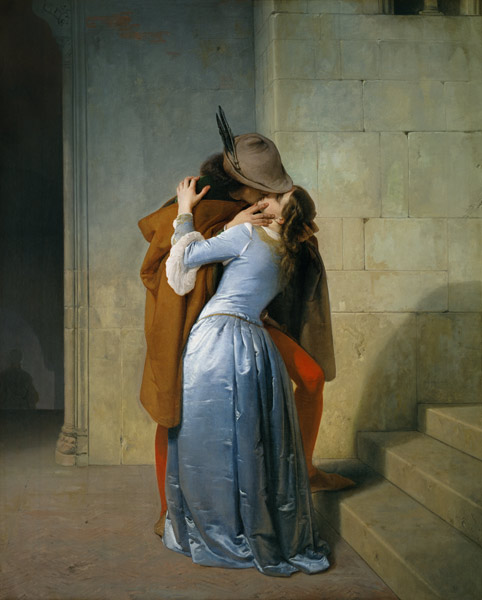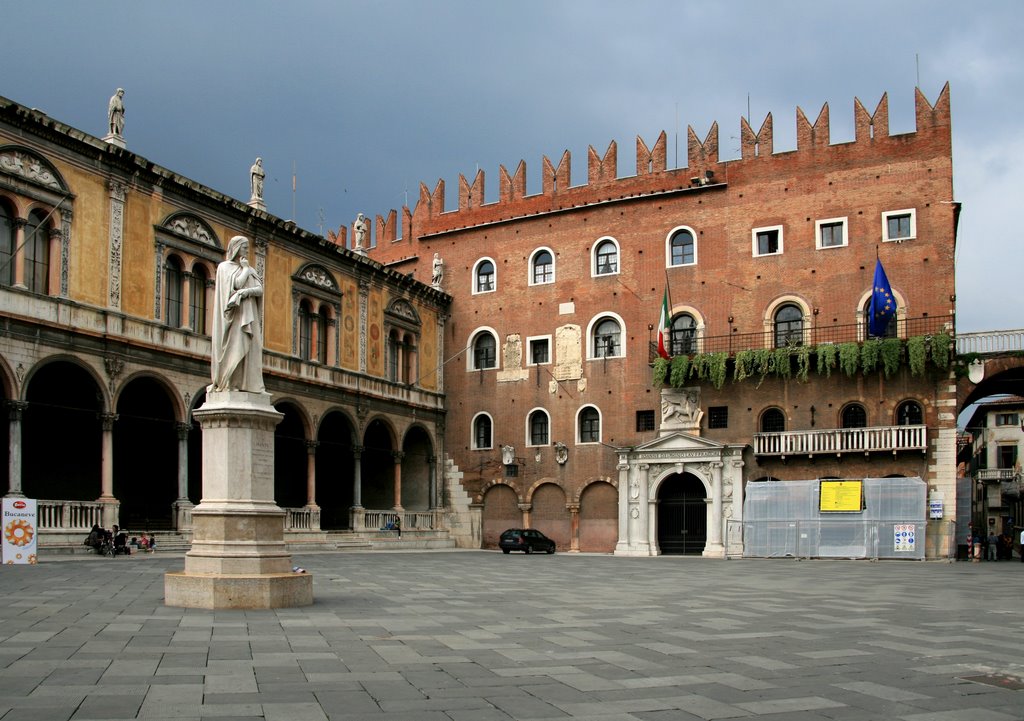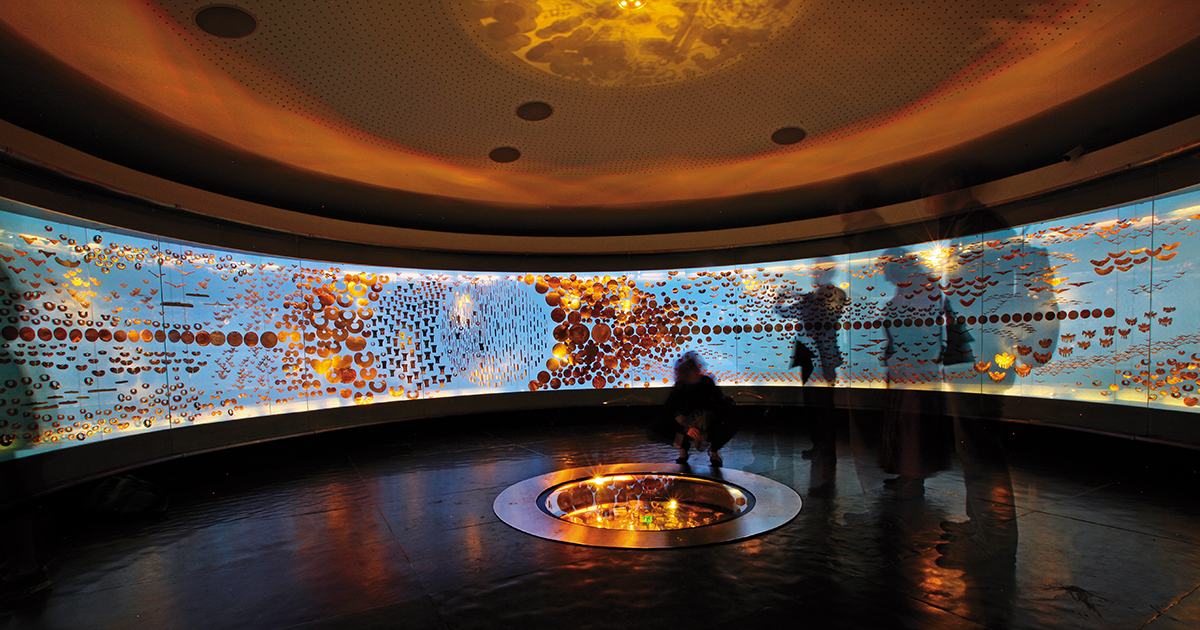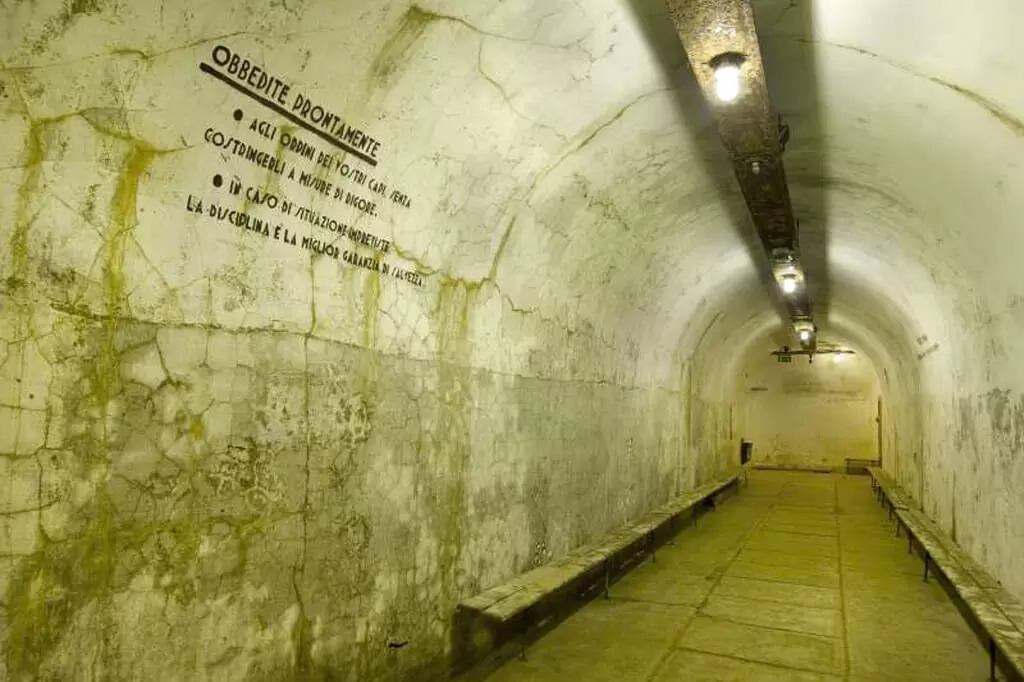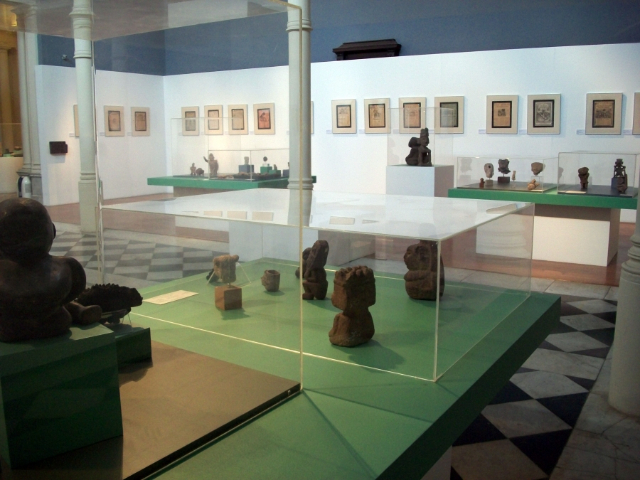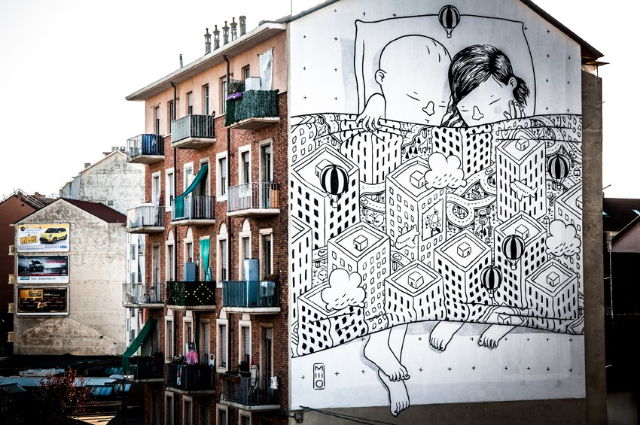The work, made in 1859,belongs to Francesco Hayez’s maturity,and is one of the best-known paintings of 19th-century Italian painting. The theme repeats that of the 1823 version, The Last Kiss Given to Juliet by Romeo, preserved in Tramezzo, and another version more similar to this one, found in 1998, made between 1859-67 and sent to the 1867 Universal Exhibition in Paris.
Upon the death of its commissioner, Alfonso Maria Visconti di Saliceto, the painting was donated to the Brera Academy in Milan, where it is still exhibited today. It represents not only a passionate kiss between two lovers: its real meaning is that of the alliance between Italy and France represented by the colors of the robes and the hat, namely red, green, white, light blue, and blue.
The ‘political interpretation is suggested by certain details: the boy covered by the cloak, with the cap pulled down over his eyes, his face in shadow and a dagger in his belt, suggests the idea of a conspirator or revolutionary. The foot on the step, as if he were to run away, and the shadow of the mysterious man cut off from the image (as if there were someone waiting for him: an accomplice?) suggest a crime or violent action, or an escape, in short, the detail of a story that seems like a subject for the theater (or, if it were contemporary, for a historical film). In contrast to the dynamism of the male figure, the girl is completely abandoned, her body arched backward and her hand seeming more to cling than to embrace.
The contrast between the red and blue, of the luminous reflections of the silk of the maiden’s dress and the opacity and texture of the boy’s cloak, is very refined and striking.
The political significance contained in the painting should also be placed in relation to the exhibition of this painting at the Brera on September 9, 1859, a few months after the arrival of Victor Emmanuel and Napoleon III in the city of Milan.
A comparison of the Brera version with the only recently discovered Parisian version highlights the political message of the Risorgimento even more strikingly. Indeed, a white veil abandoned on the steps and the lapel of the green boy’s cloak appear in the Parisian version. The Italian tricolor, juxtaposed with the blue of the girl’s dress alludes to the alliance between Italy and France, which had enabled the formation of the new Italian state.
